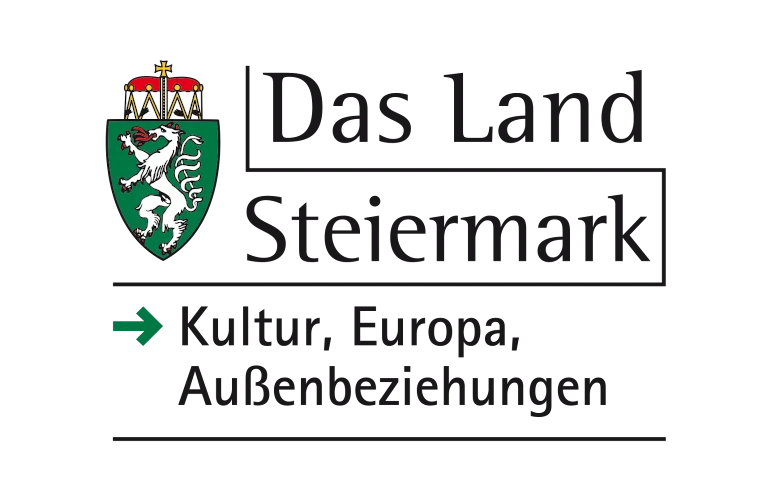Polish, Canadian
First Language(s): Polish
Second Language(s):
English,
French
Magdalena Olszanowski is a Montreal-based award-winning writer, artist, and educator born in Poland. She received her PhD in Communication Studies from Concordia University where she is now part-time faculty. She also teaches at Dawson College. She has bylines in CBC, esse, Feminist Media Studies, n+1, nomorepotlucks, among others. Her beat is on art, the environment, and motherhood. Currently, she is working on a bildungsroman set in 1970s Poland.
What was your favorite book as a child?
My favorite book as a child was Harriet the Spy by Louise Fitzhugh. I read it repeatedly. As an aspiring writer, I wanted to be Harriet M. Welsch’s best friend. I also wanted to be her. She inspired me to keep my own notebook of spying on people, writing down snippets of their conversations, and imagining worlds in which they are my characters. Her fascination with people mirrored my own. Like her, I also requested tomato sandwiches for lunch as often as I could. Harriet was unabashedly herself — a wild cat — without care for femininity or what “girls” were supposed to be like. She was messy and funny and sometimes annoying. Only in adulthood, I learned Fitzhugh was a lesbian. Of course! Harriet was a queer icon for us girls who didn’t fit the gendered expectations.
What was the original reason or motivation why you started writing creatively?
Writing was a fantasy of being seen and heard, something my childhood lacked. Writing taught me to trust myself and provided me with the tacit knowledge that “Where we find happiness teaches us what we value rather than simply what is of value.” (Sara Ahmed, The Promise of Happiness, 2010)
I wrote my first novel at 10 in English while on summer break in Poland. My vocabulary and ideas were limited but I made it to 92 pages and began a sequel. However, giving myself to writing creatively was too daunting. It was all I wanted but I believed I was never going to be as good as I imagined I needed to be. I did publish here and there, but it was always peripheral. The stakes were too high to fail. I stopped before I could truly begin. What jejune thinking! The motivation to restart a willful writing life came during pregnancy with my second child, a willfulness that continues to hold (me) steady.
What was the most adventurous or thrilling thing you ever did/experienced?
“I get that kind of thrill from coming up with neologisms,” I told my best friend on the phone today, as a response to his sister’s and my son’s love of the thrill of roller coasters. He laughed. Moving through and between different languages is an endless adventure.
In my late 20s, I sought out Anaïs Nin’s house outside of Paris. It was summer, and the area was mostly deserted. The house was surrounded by a large cement wall and only the tops of the roof and the trees in the yard were visible from the road. Through the wrought iron gate, I could see someone lived there but hadn’t been there in a while; wooden window blinds were shut and there was no car on the used driveway, so I tried to open the gate. It gradually opened! I needed to document this moment. I let the gate go to grab my camera. The heavy door swung back and locked into place. Reading this moment as a literary device, I’ve learned to be present in experiences, to never risk foreclosing their possibilities again.
Do you listen to music while reading or writing?
One of my favorite writers, the poet Warsan Shire, would often post the music she listened to while writing. I loved imagining her linguistic world cocooned in these hip-hop sounds I also loved. But I hardly ever write with music. It’s too easy to get lost in it and I cannot multitask. I prefer silence.
Flash Nonfiction
A Mother’s Tongue Across Linguistic Worlds
Issue Fall '24
Supported by:

